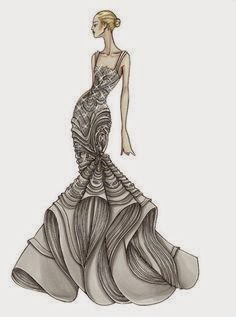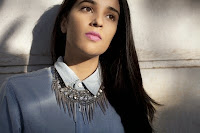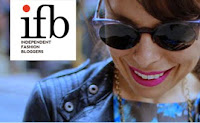The year 2015 has been a significant year for us! With newer innovations in the global fashion industry, with unique trends coming to the fore, our students too have played a significant role as aspirants, who eventually will join the force with their creative brilliance. Our students have creatively put in the training that they have received at our institute and has gone far and wide to gain appreciation and applaud from the fashion industry!
For us, the year 2015, started with the 2nd Edition of Future of Fashion Forum: The Future of Fashion
Forum – a unique one-day event was conceptualized by Whistling Woods
International School of Fashion and Design in the year 2014. The event was
started with an objective to enable a conversation between aspiring fashion
professionals and the industry experts. Renowned fashion professionals from
across the country come to share their learning and experiences, thus offering
holistic insight on the actual industry/market scenario, to the youth. This in
turn also helps the experts to gauge the potential of the promising talents,
who will soon emerge as the trend-makers and trend-setters in the fashion world.
Condom Couture Fashion Show: Skore Condom’s initiative to
raise awareness against AIDS was not only a noble event, but also brought
together young promising talents, who got the opportunity to voice their
opinion on the tabooed notion of sex, through their creative brilliance! Our
students created garments made of non-lubricated condoms. The show-stopper at the event, Mugdha Godse,
walked the ramp in a gorgeous attire created by our students.
1st Graduation Show – AIYANNA 2015: This event showcased
the talent and expertise of our first batch of students. Our students created
an entire line of collection, based on the learning they have received while
pursuing the 2 year Diploma course in Fashion Design at our institute. The show
was adjudged by acclaimed fashion designers, who heartily appreciated and acknowledged
the brilliance and uniqueness portrayed in each of our students’ creation.
Participation in Kala Ghoda Arts Festival, 2015: Our students
got the opportunity to showcase their creativity and talent at the very famous,
Kala Ghoda Arts Festival, 2015, Mumbai. Our students created an installation
using traditional Indian textiles, handloom weaves, prints and embroideries from all
the Indian states. This installation brought forth the rich heritage of Indian
Handloom & Textiles and was a definite step towards promoting the Art of
Indian Traditional Textile.
Overall, it's been a great year for us! As we are all set to welcome the new year, we are sure that the coming year will be even more grand and brilliant!














































